Buildings
How do we reduce our greenhouse gas emissions from buildings?
Buildings accounts for approximately 9% of Duluth’s greenhouse gas emissions. To reduce those emissions, we need to make our buildings more energy efficient and fueled by clean and efficient energy.
What are the challenges of our current buildings?
It is important to recognize the complexities around our buildings if we are to build an equitable and sustainable path forward.
Powered by coal and gas
Creates health risks
Disincentivizes change
Inefficient
Contributes to inequity
Costly to heat
What could a smarter building system look like?
Equitable and sustainable buildings in Duluth could look like:
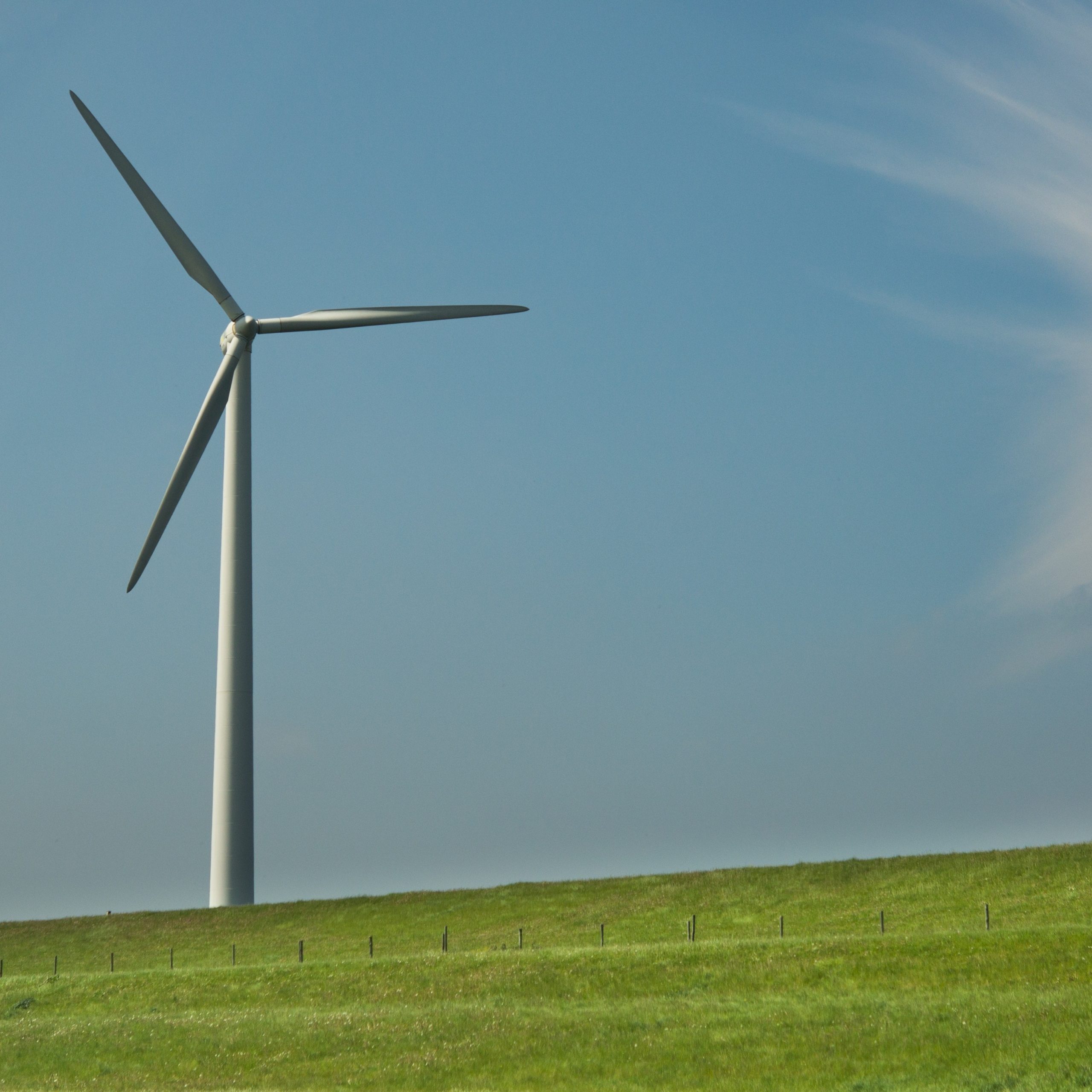
Fueled by clean energy
Our buildings are energy efficient and fueled by clean and renewable energy.
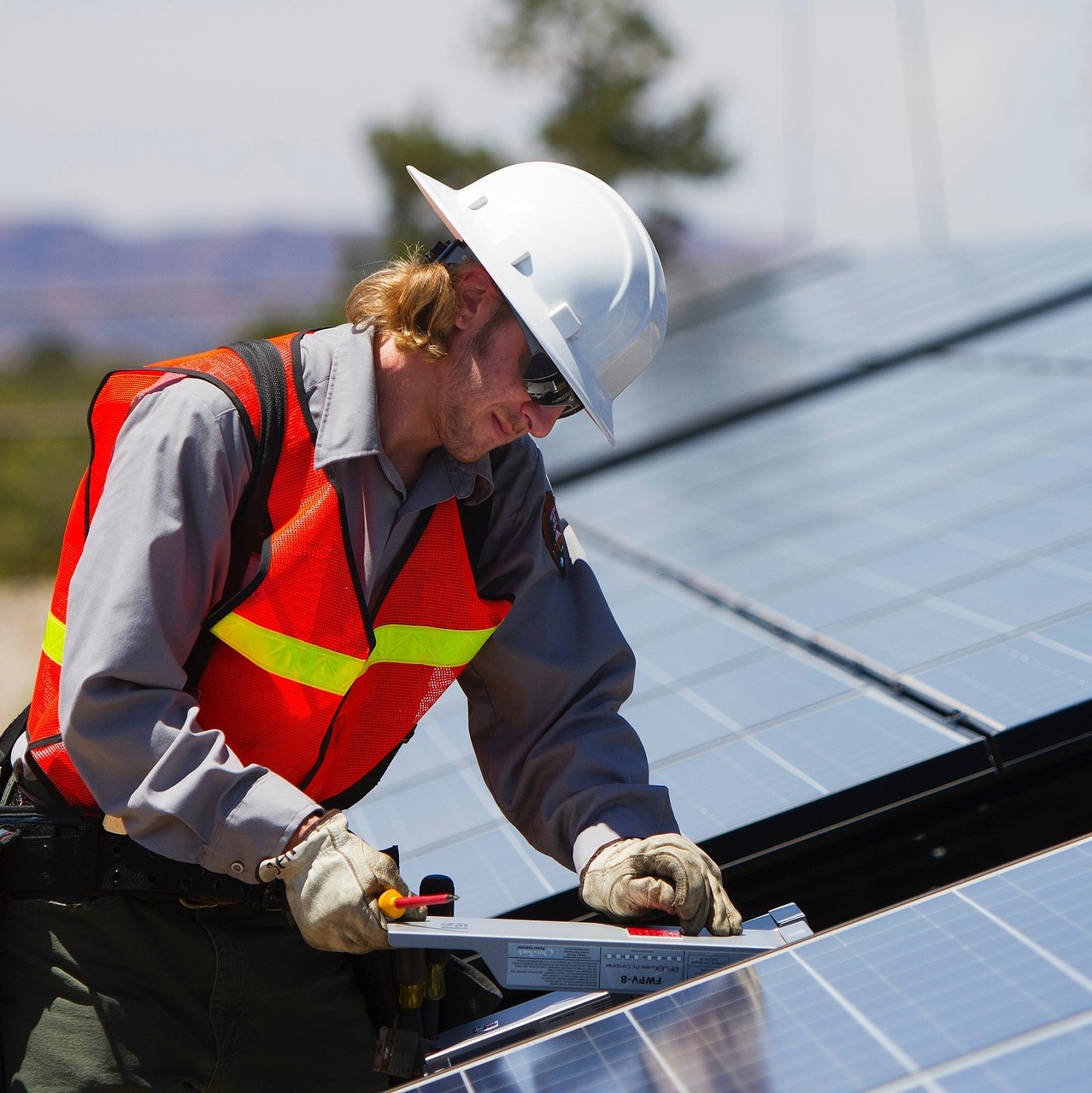
Business opportunities
We have a thriving set of local businesses and jobs related to retrofitting, energy efficiency, solar manufacturing and installation, heating and cooling, and turning local materials into building products.

Healthier and more comfortable
Our homes and buildings are healthier and more comfortable because they meet higher efficiency standards and use clean energy.
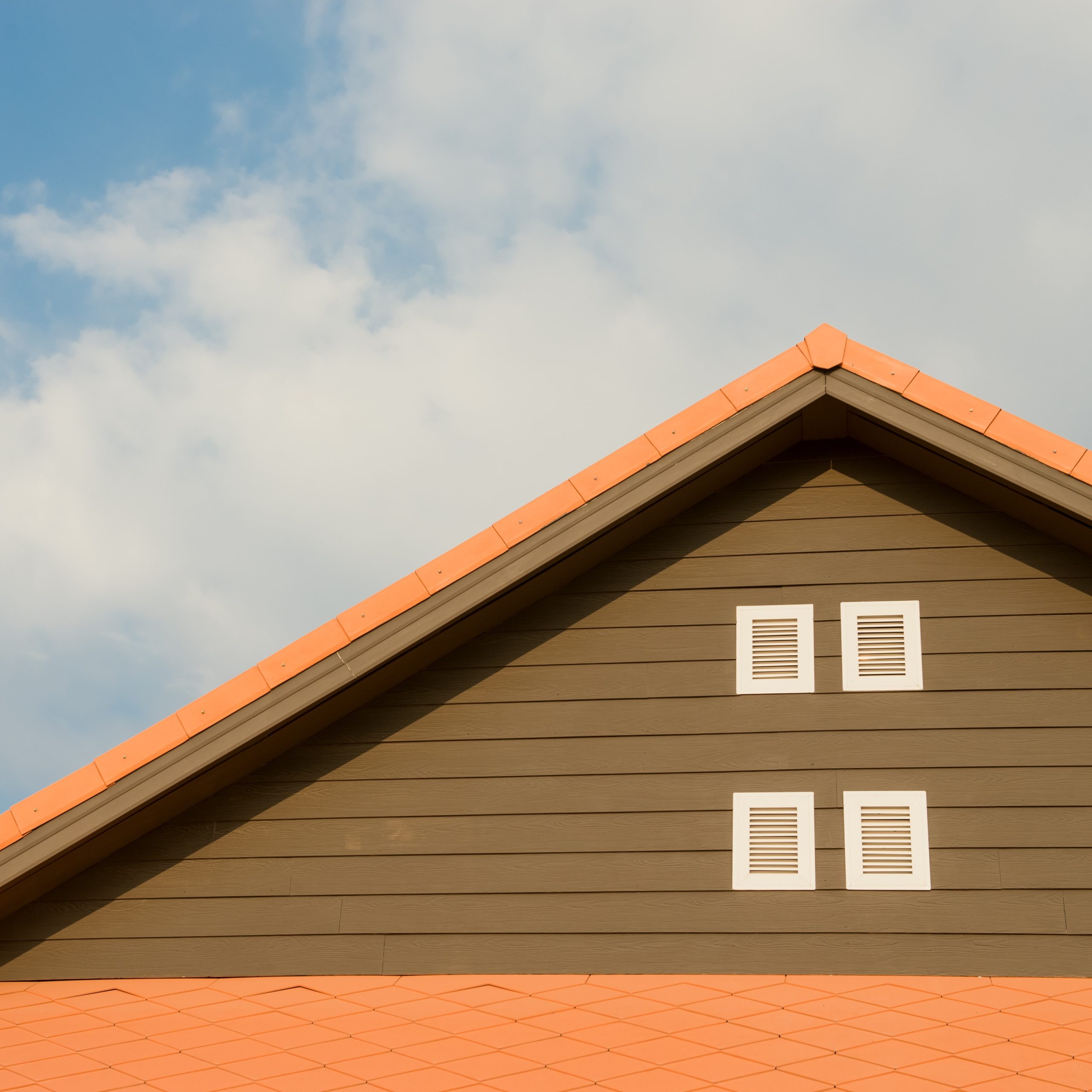
Resilient
Our buildings and their energy sources are resilient to storms and flooding.
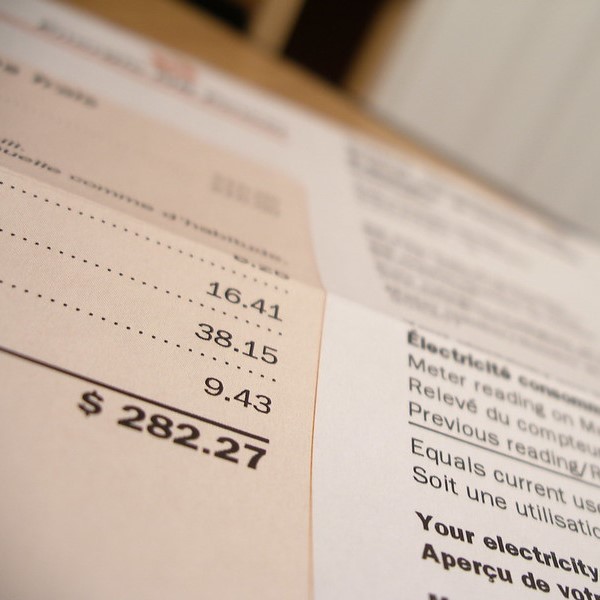
Lower energy bills
We have lower energy bills because we're using renewable energy to power our buildings and weatherized them to make them more efficient and less costly.
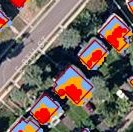
Equitable
All members of our community have access to energy-efficient housing fueled by affordable, community-owned clean energy.
What can we do?
The international carbon experts at Project Drawdown and local experts have named these actions as the most impactful in lowering carbon emissions from our buildings:
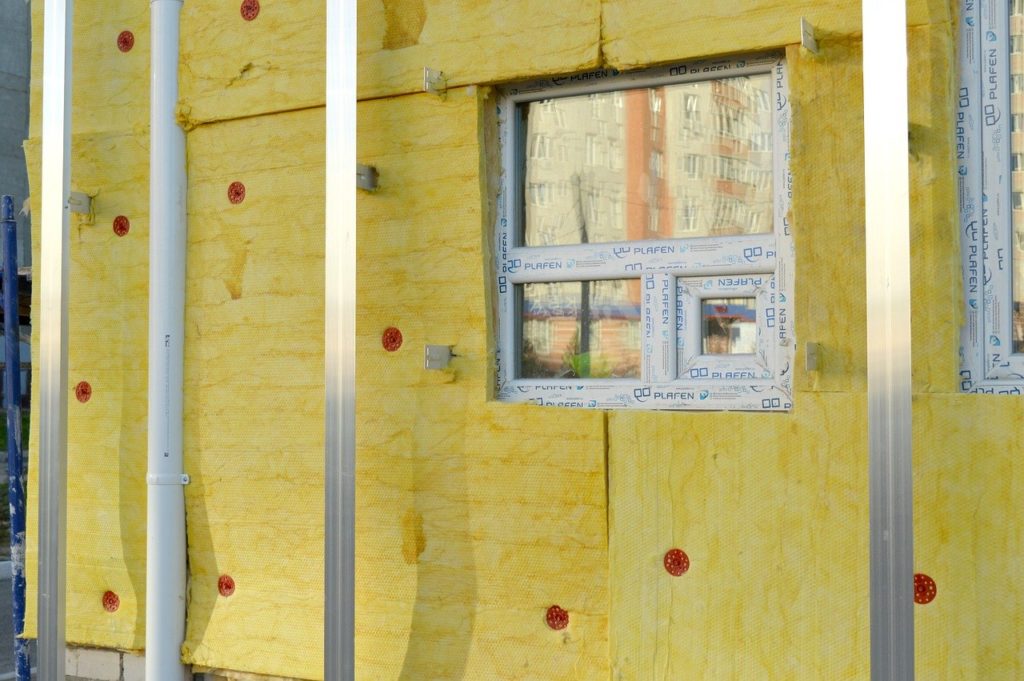
Enhance Efficiency
Whether applied to constructing new buildings or retrofitting existing ones, energy efficient solutions use less and smarter energy. Many address the building “envelope” and insulation—means of keeping conditioned air in and unconditioned air out—while others use technology to optimize energy use.1
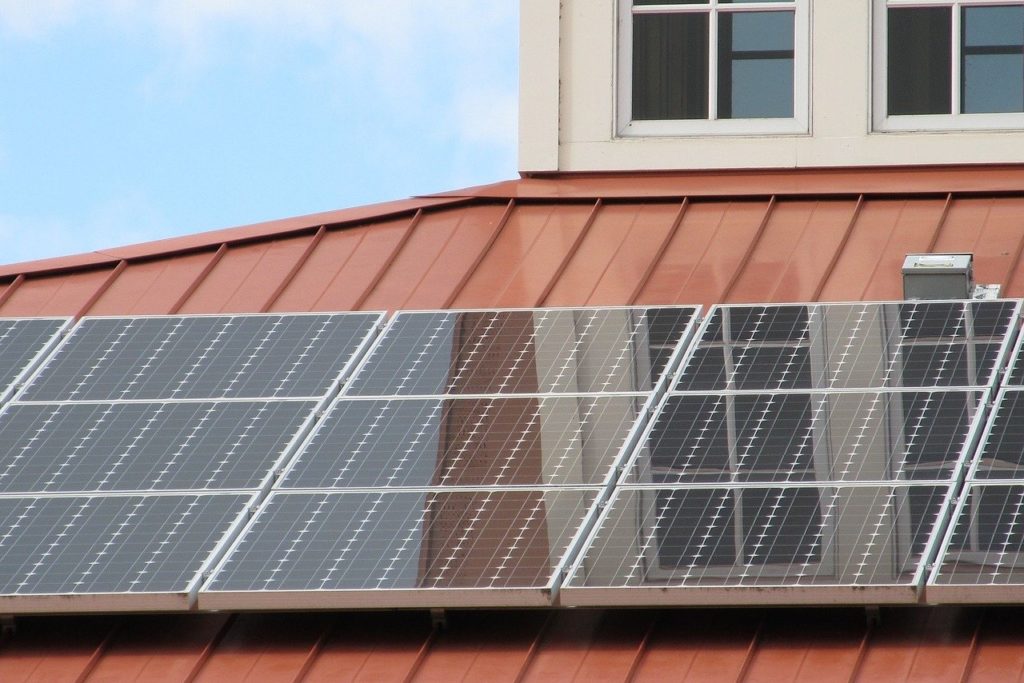
Shift Energy Sources
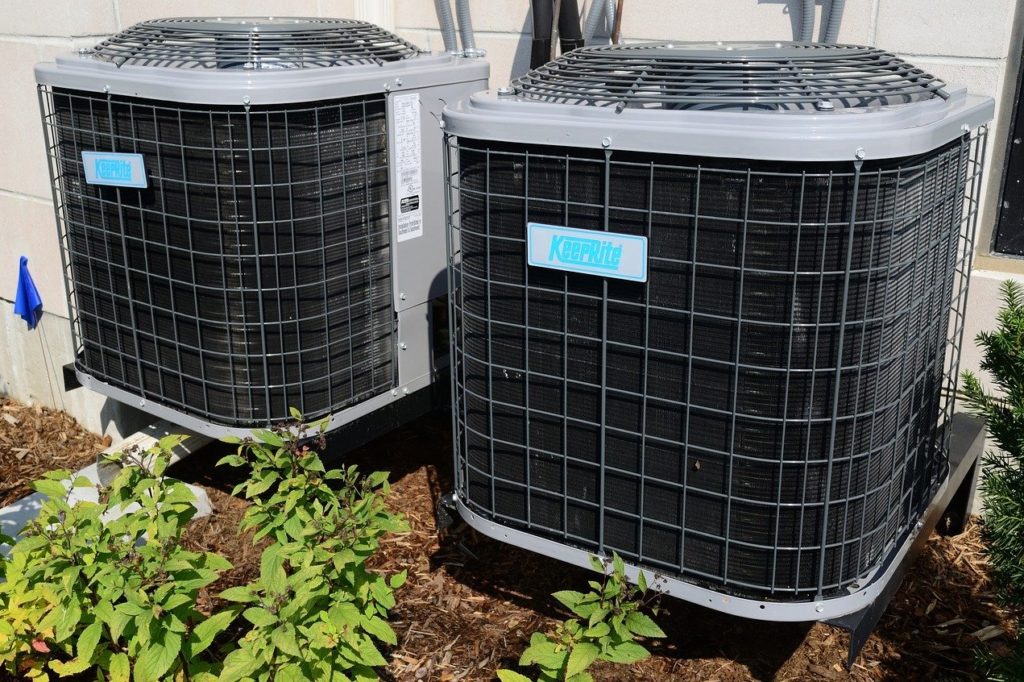
Address Refrigerants
1Quoted from Project Drawdown
What does this mean in Duluth?
There is a lot happening and we can do more.
Enhance efficiency
We have the opportunity to make our homes more energy efficient and comfortable while providing good clean energy jobs.
Much of Duluth housing stock is old and inefficient. For example in the Lincoln Park neighborhood 65.6% of housing was built before 1939. We need to increase efficiency of old buildings by updating city building codes and providing incentives to weatherize and make homes more efficient. Everyone from electricians, plumbers, and HVAC contractors will benefit from an investment in enhancing the efficiency of our buildings. Clean energy jobs grew 2.5 times faster than other jobs in Minnesota in 2019 and as of 2022, the biggest sector of the Minnesota clean energy industry is energy efficiency, making up almost 73% of the state’s clean energy workforce.
One organization working on energy efficiency in Duluth is Ecolibrium3, which provides free or low-cost home energy audits and helps low-income residents to weatherize homes. Both our electric utility, Minnesota Power, and our gas utility, Comfort Systems, have rebates for replacing old inefficient heating systems and appliances. And, there are many local and statewide grant and loan programs to help homeowners and building owners increase efficiency.
Shift energy sources
Community energy is building to move our energy production away from coal and gas.
Older homes are more likely to use fuel oil as a heating source which is extremely expensive, produces pollutants, and has many health risks. Fuel oil and other fossil fuel resources produce greenhouse gases such as carbon dioxide and methane, as well as other harmful pollutants; pollutants that cause the state of Minnesota to spend $2 billion a year on the health impact of burning coal.
We also need to move our energy sources away from natural gas. Natural gas is often offered as the cleaner alternative to coal. However, burning natural gas produces methane, a greenhouse gas 80 times more harmful to the planet than CO2.
Ultimately shifting to community-owned energy production would allow us more control over where our energy comes from for heating, cooling, and powering our buildings, allowing us to move from oil, gas, and coal to renewables.
Address refrigerants
As our climate changes the demand for cooling systems will heighten and we can take steps now to responsibly deal with refrigerants.
While temperatures rise in Duluth due to climate change we need to ensure that we deal with refrigerants effectively and safely. We also need to find ways to move away from fluorinated gases to electrification and renewable energy resources.
What can you do?
Help reduce Duluth’s greenhouse gas emissions.
Reducing Duluth’s greenhouse gas emissions is in our hands as citizens! We can all take individual actions and encourage our institutions, businesses, and government to take action. Click on the “Take action” button to see recommended actions specific to buildings in our community and help start building a more equitable and sustainable community today!